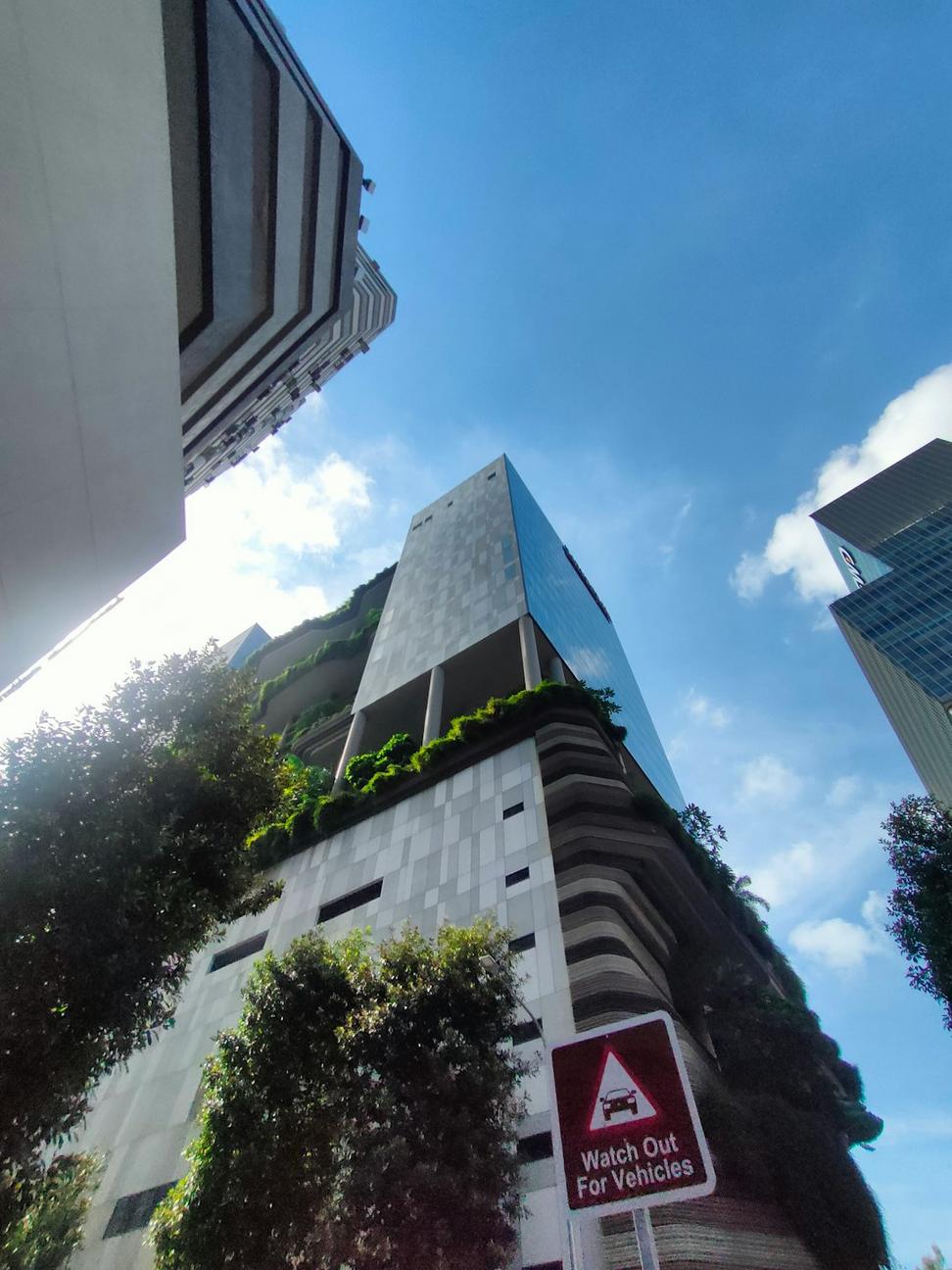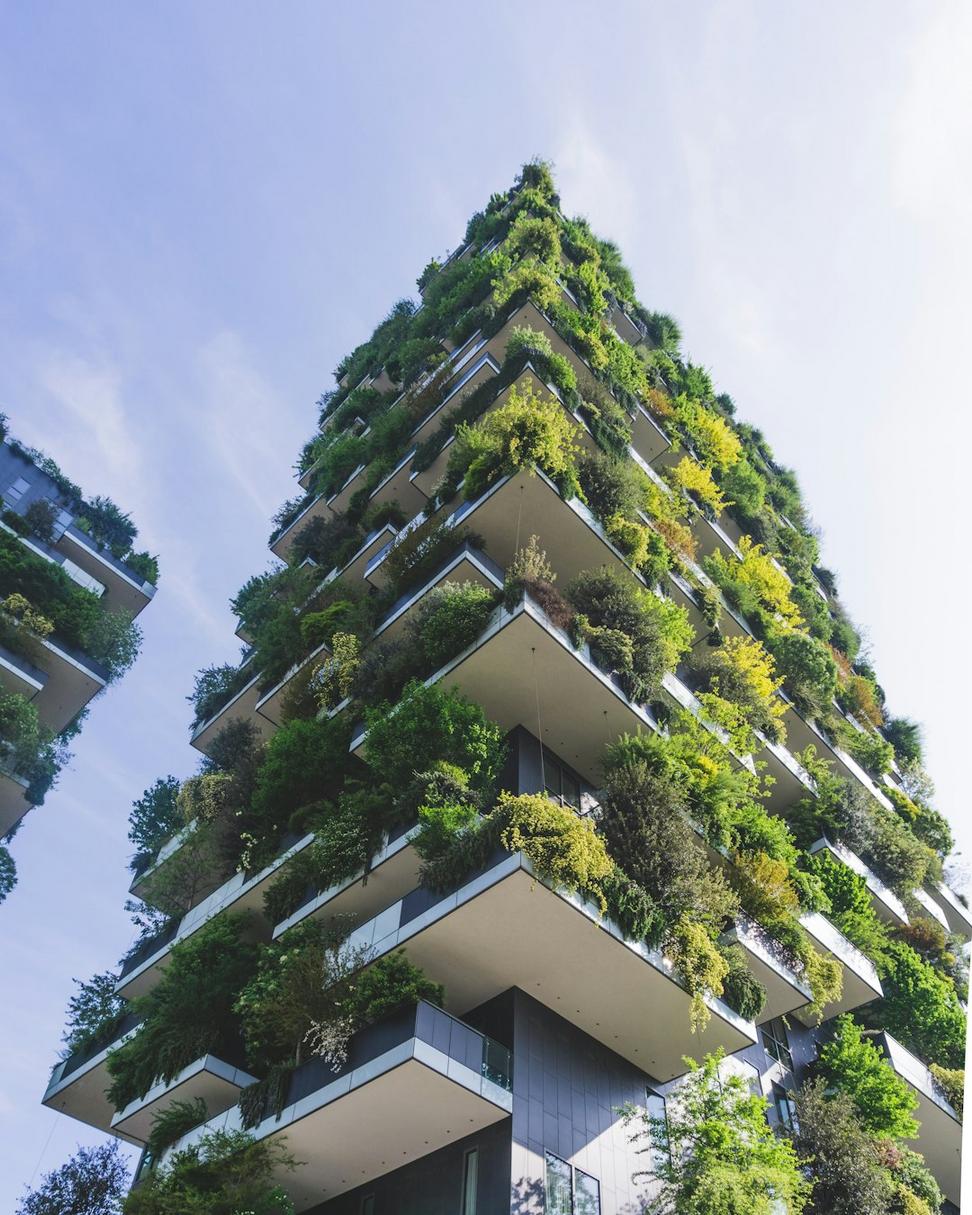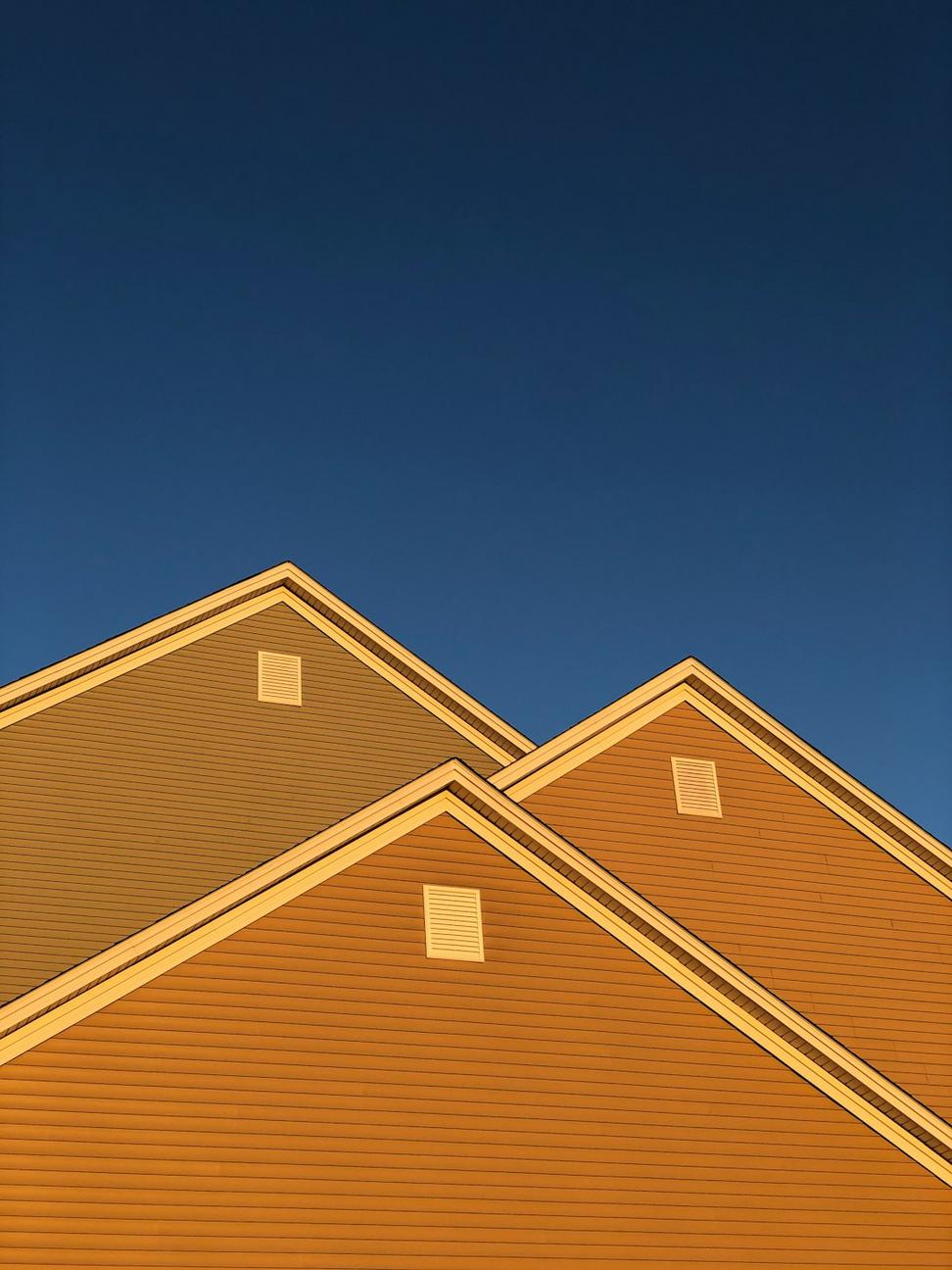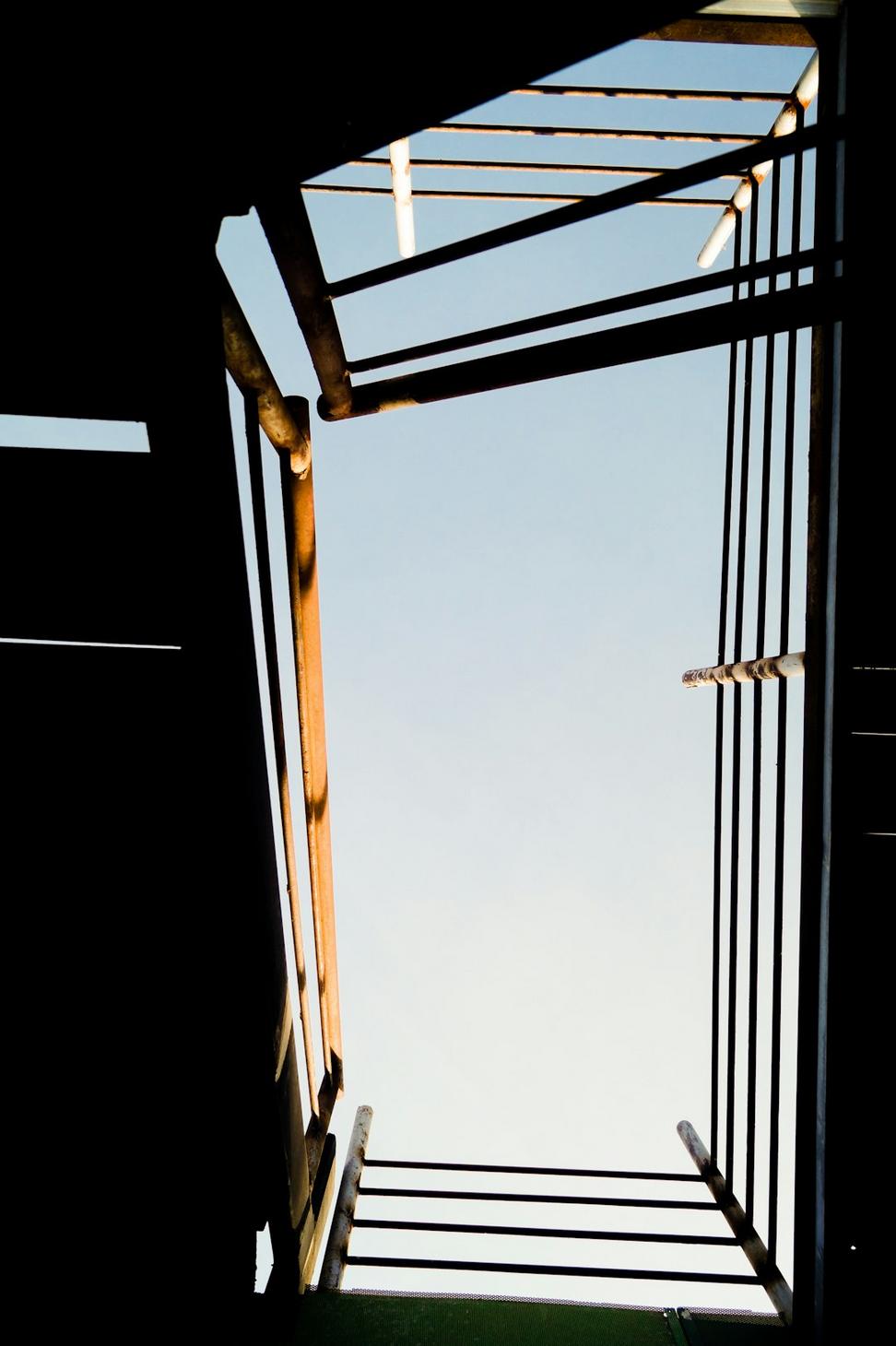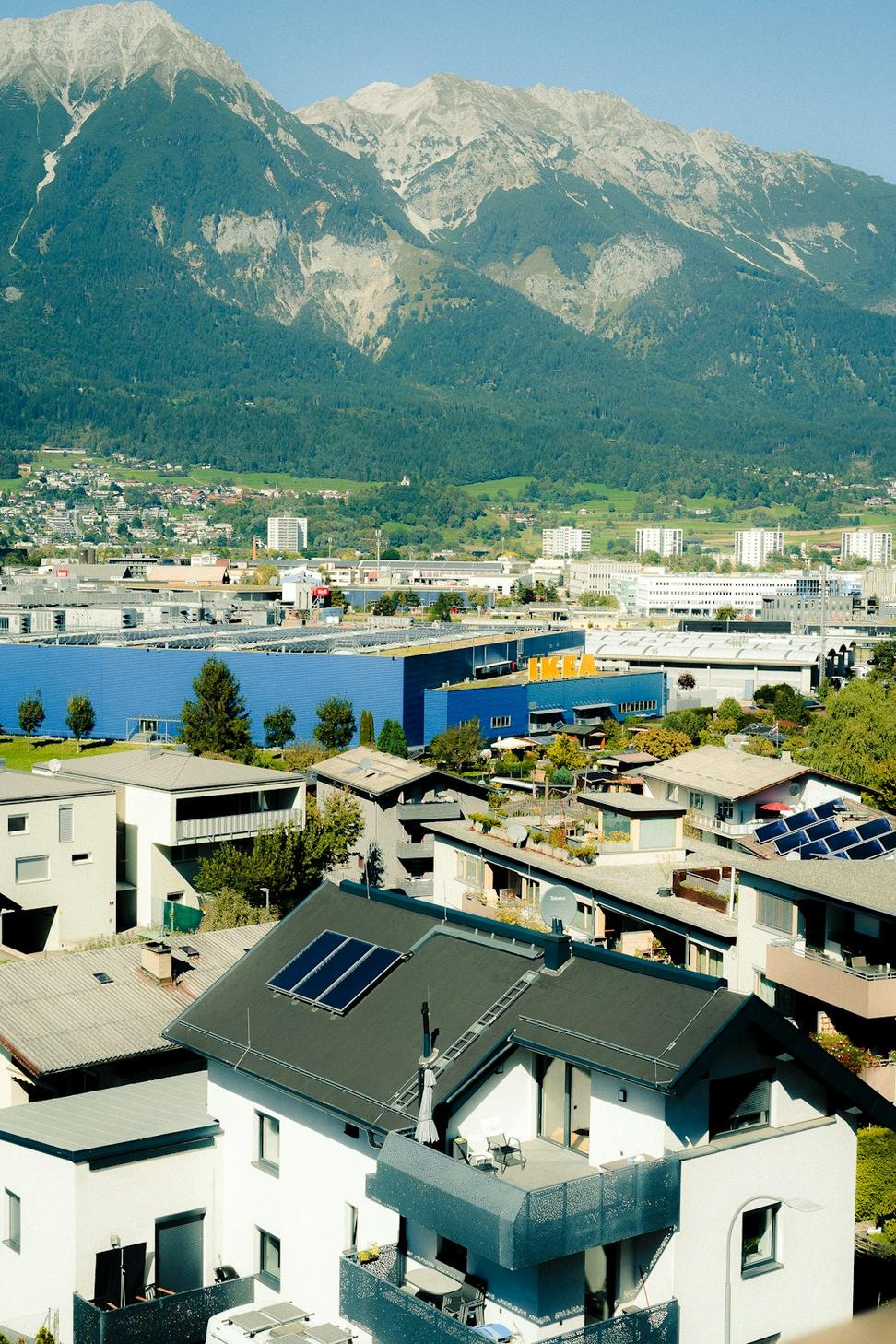Building Green Isn't Just a Checkbox
We've been in this game long enough to know that real sustainability goes way beyond slapping solar panels on a roof and calling it a day. It's about fundamentally rethinking how buildings interact with their environment - and yeah, actually measuring the results.
